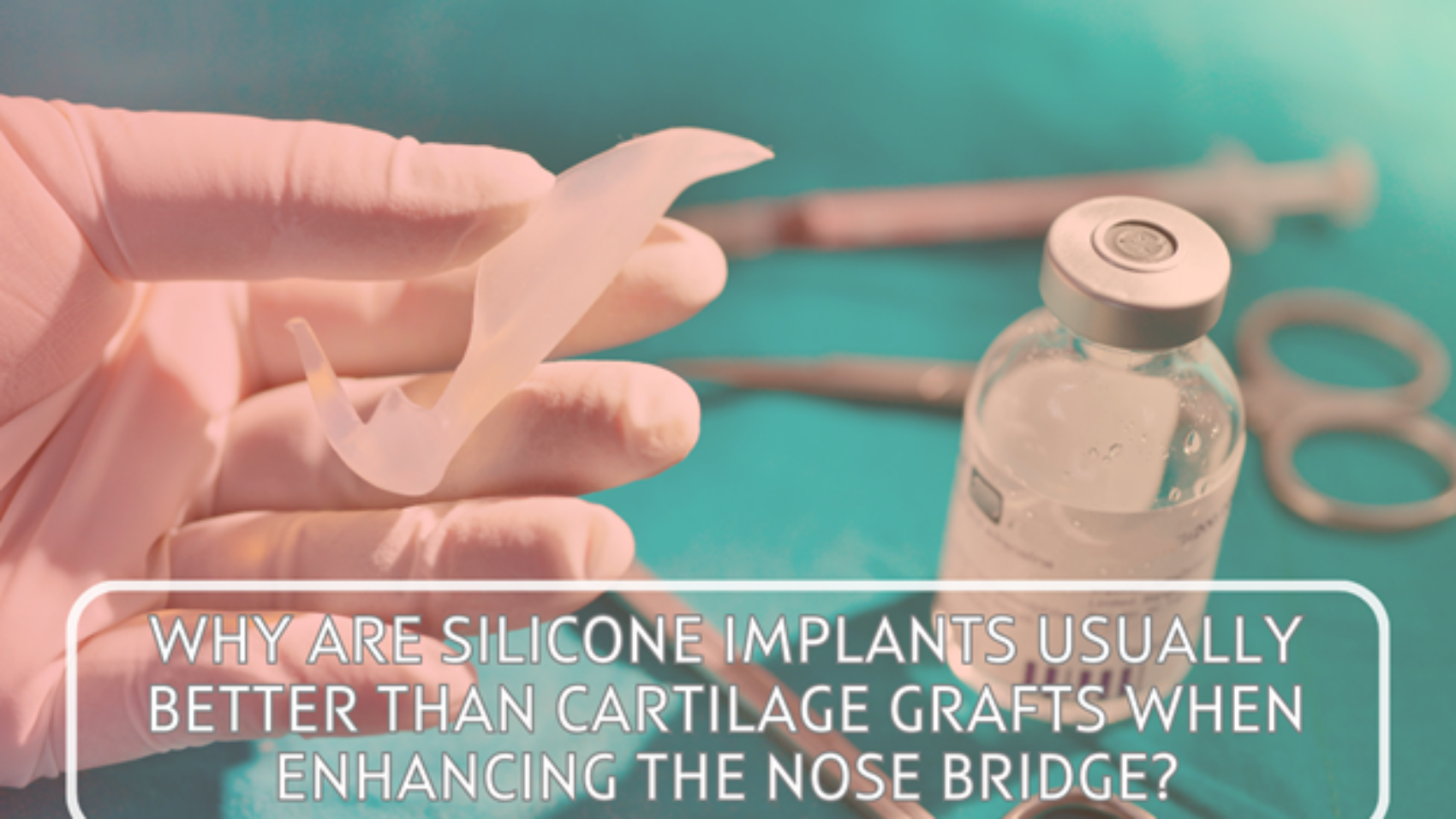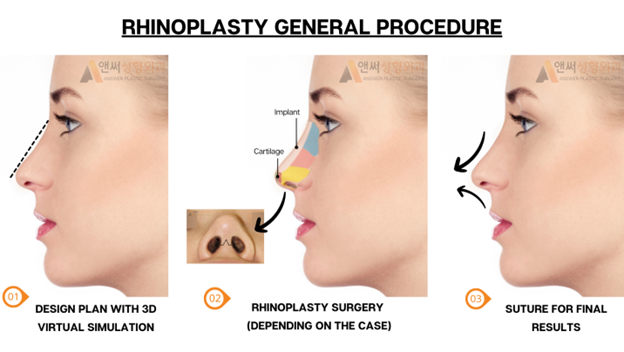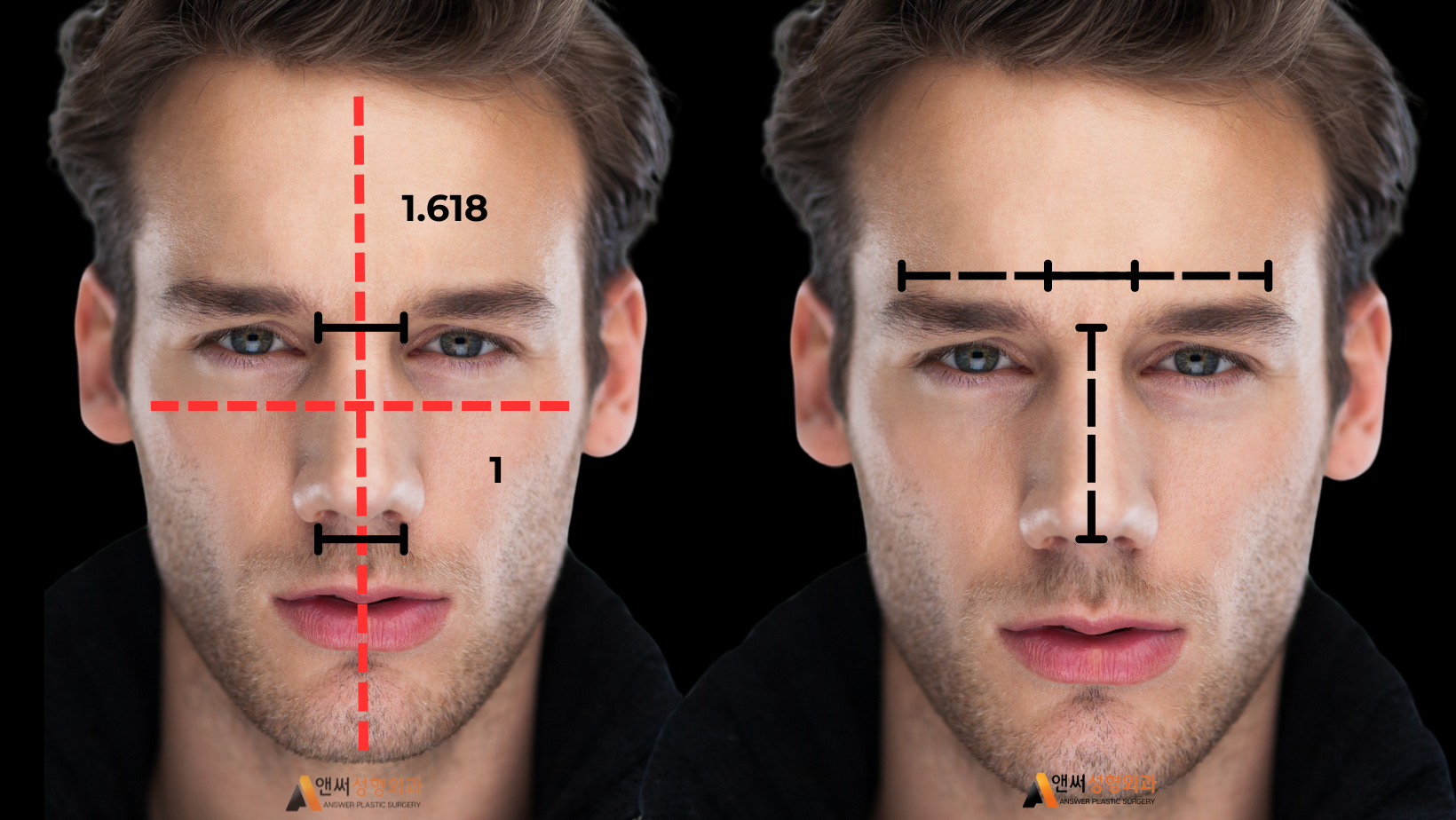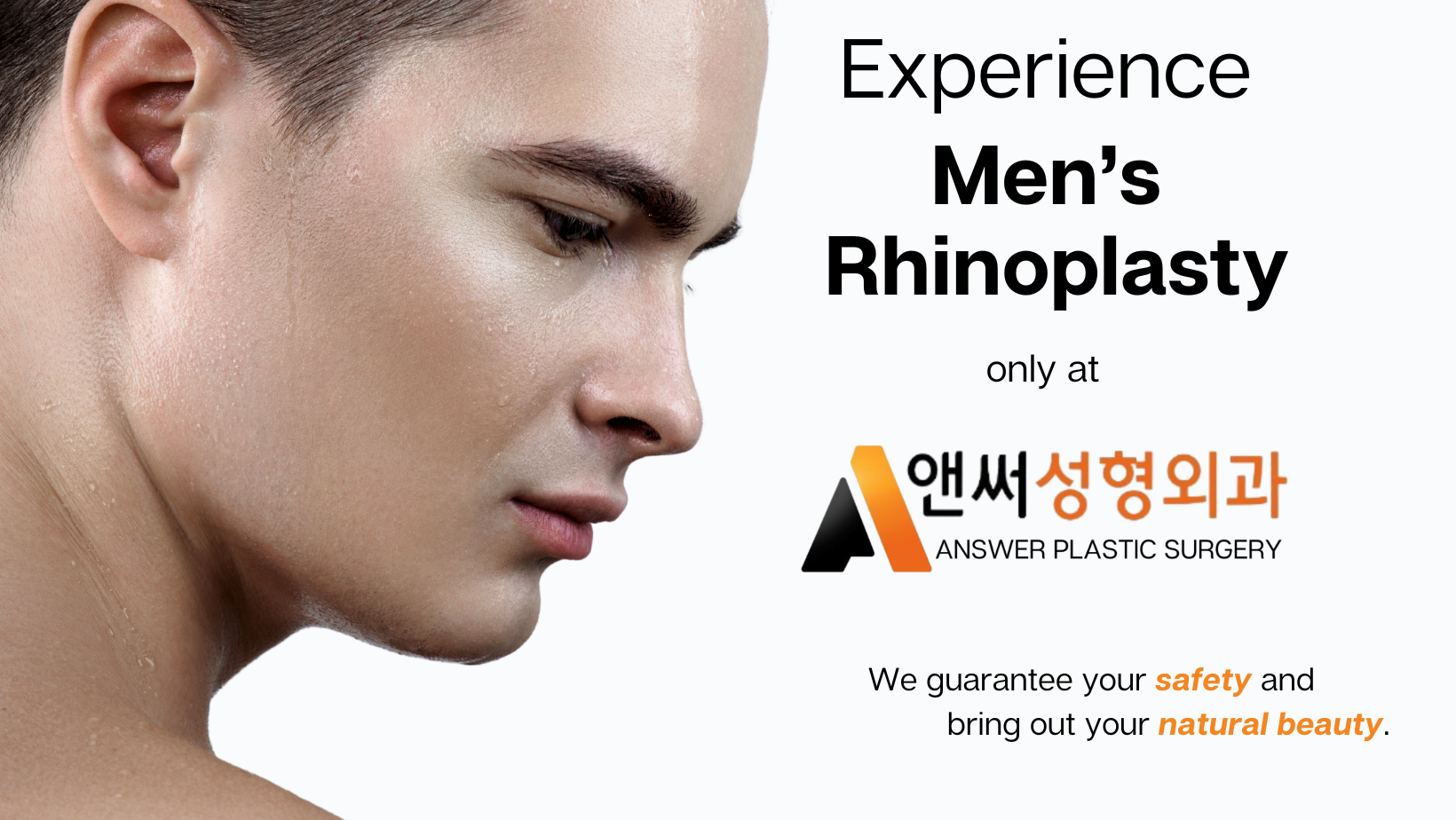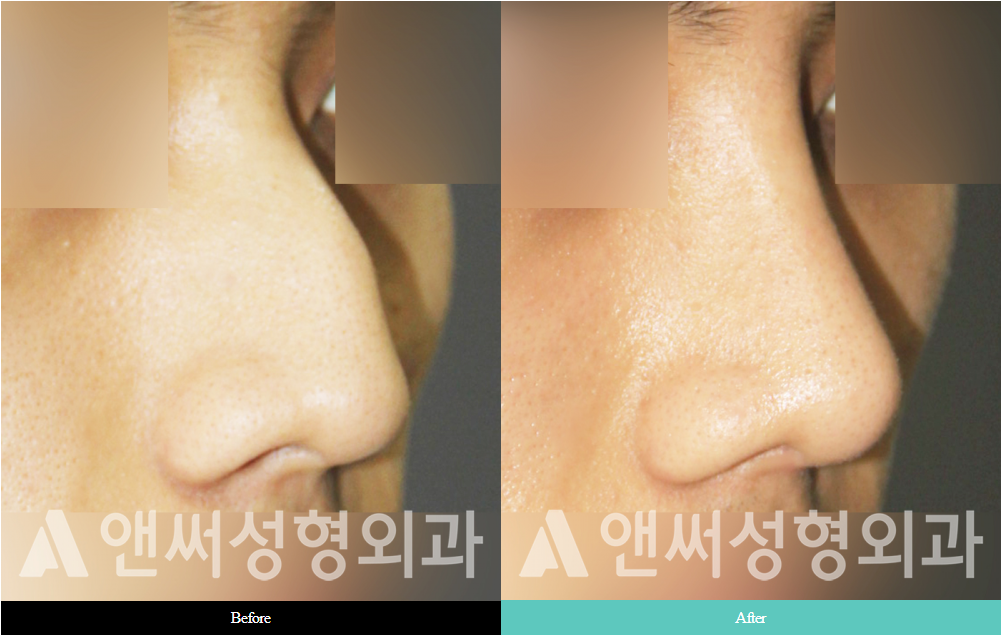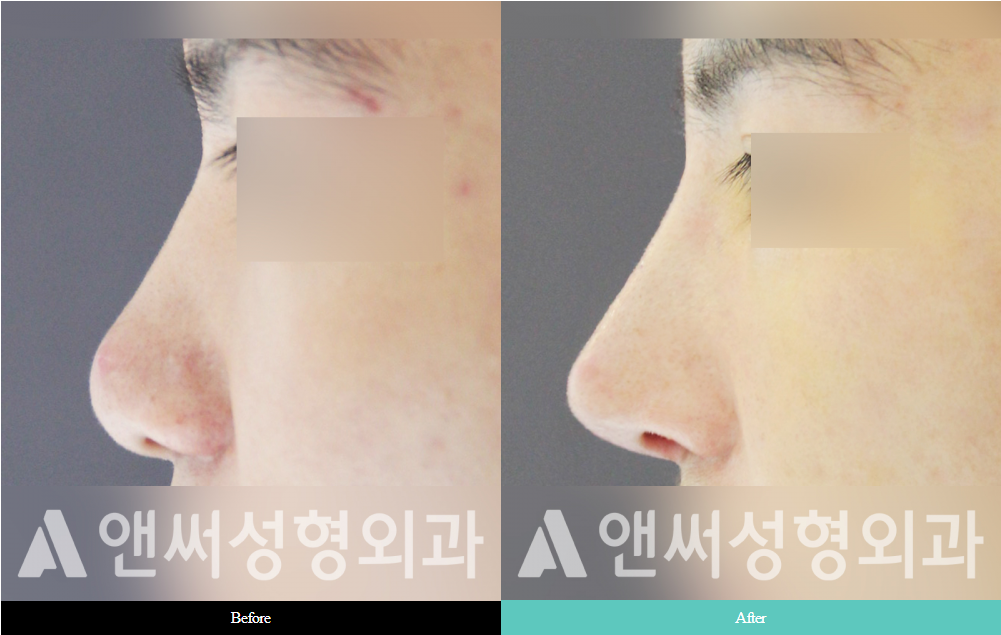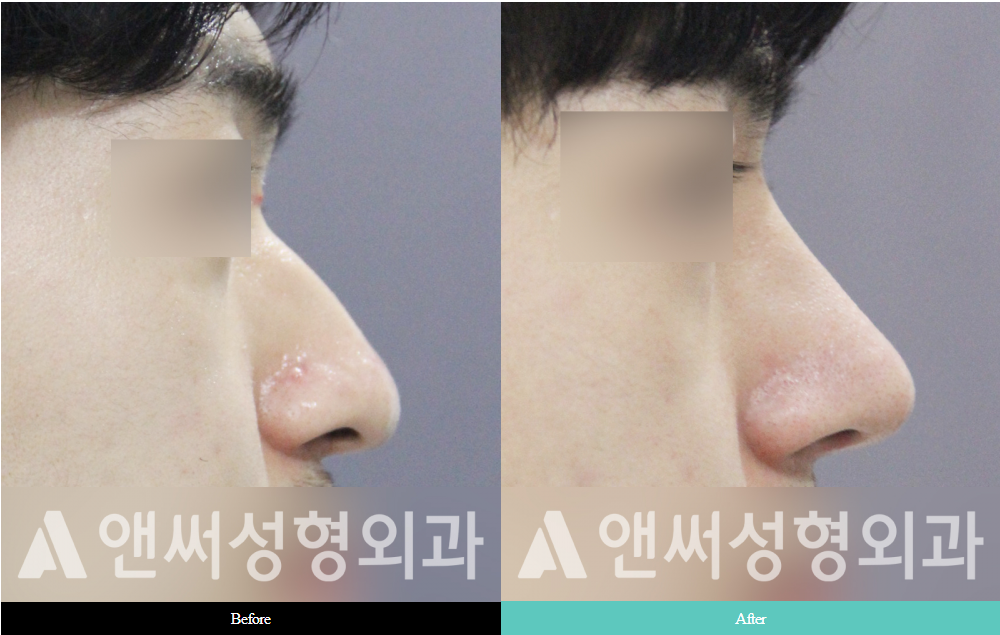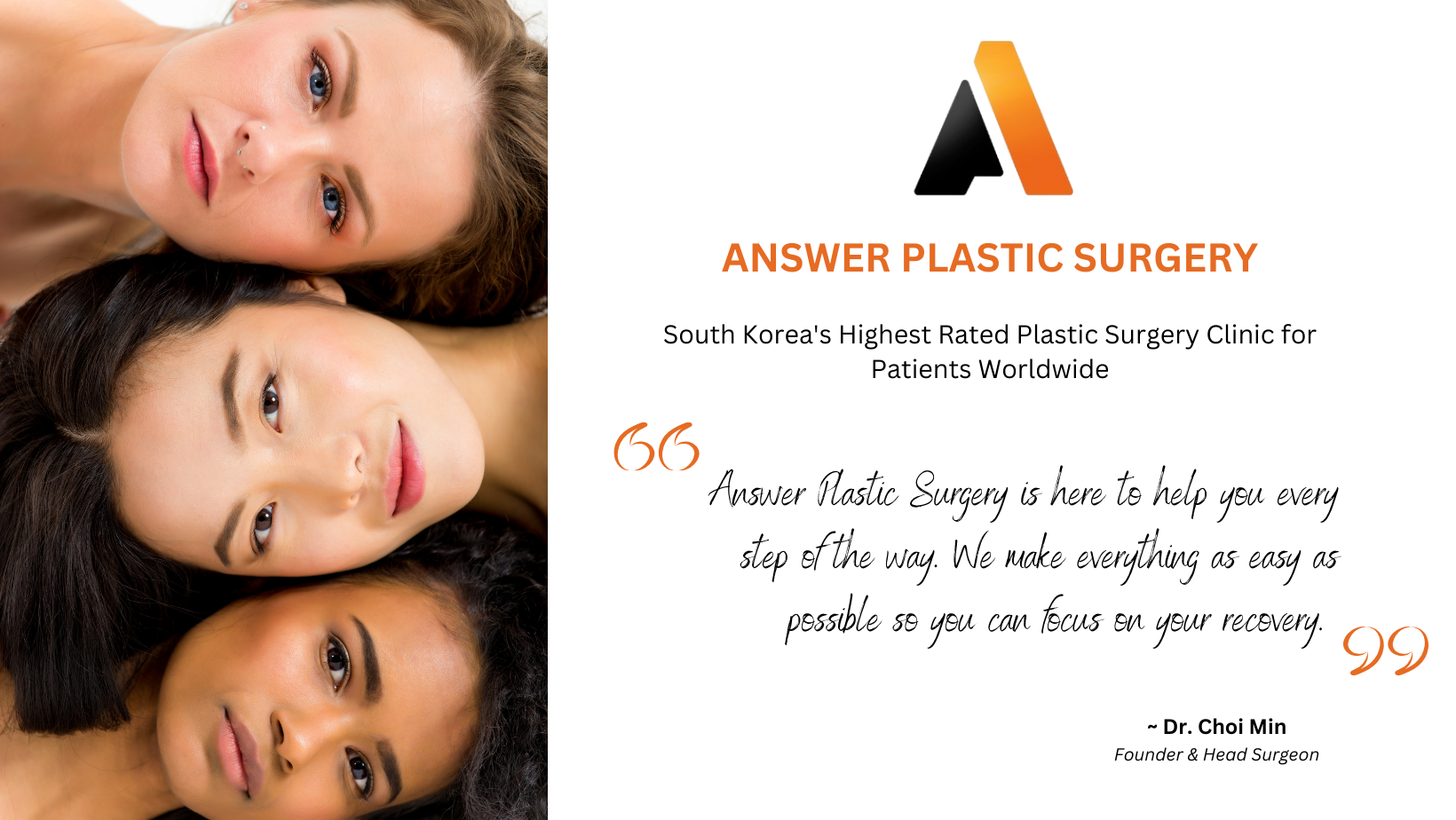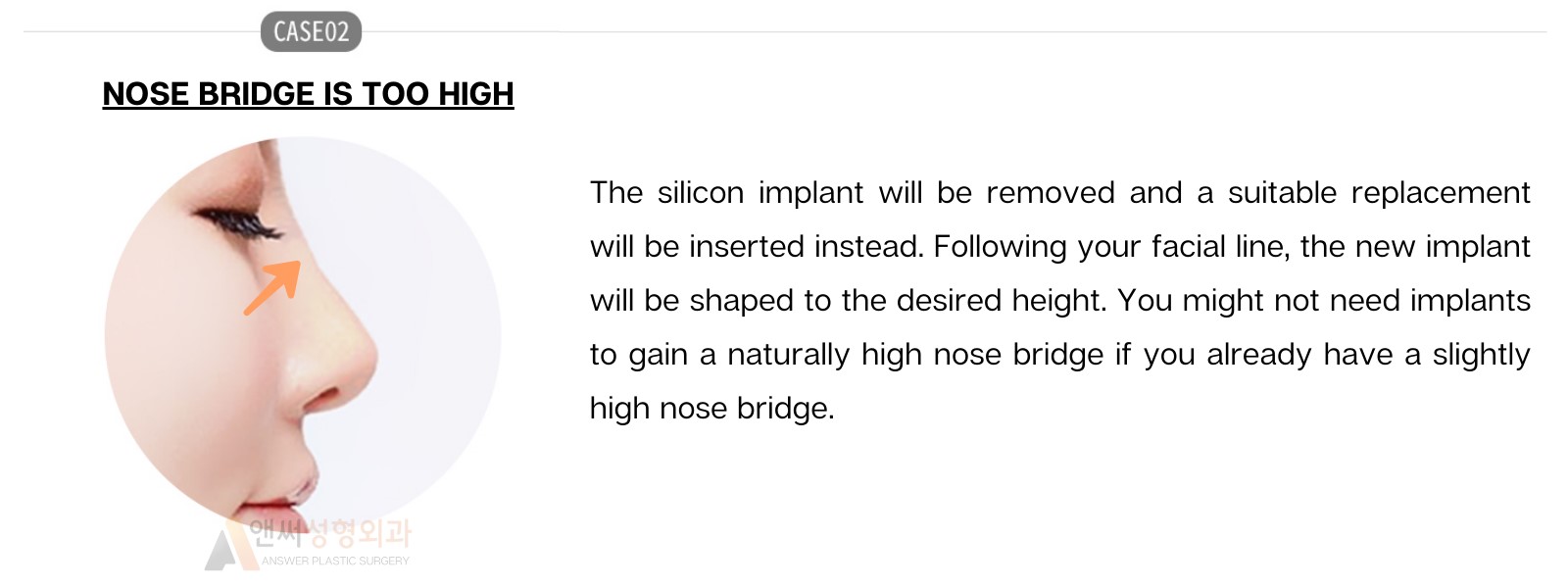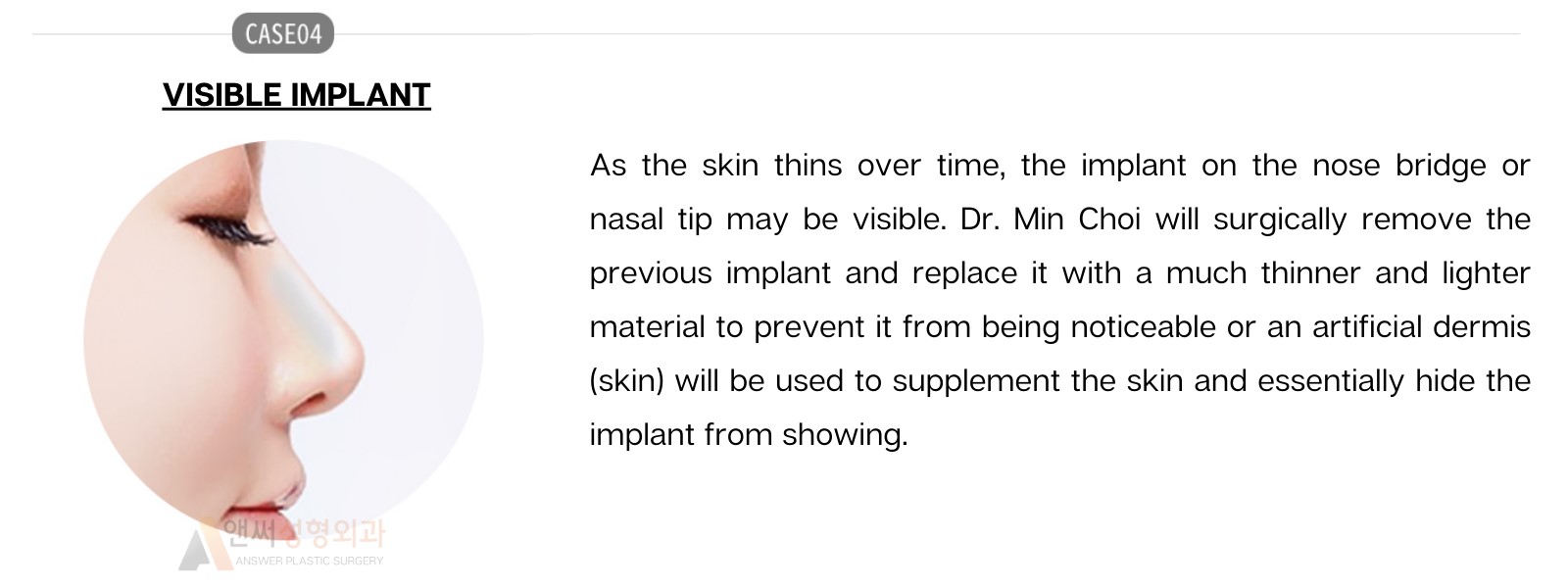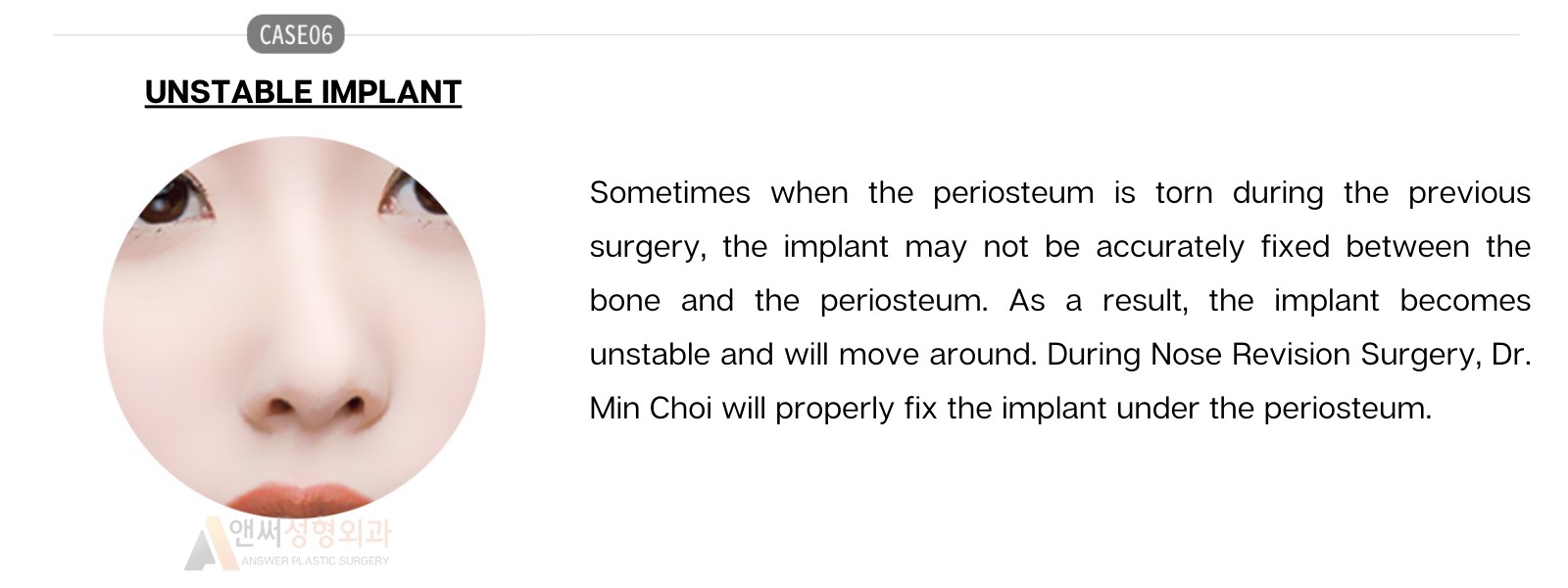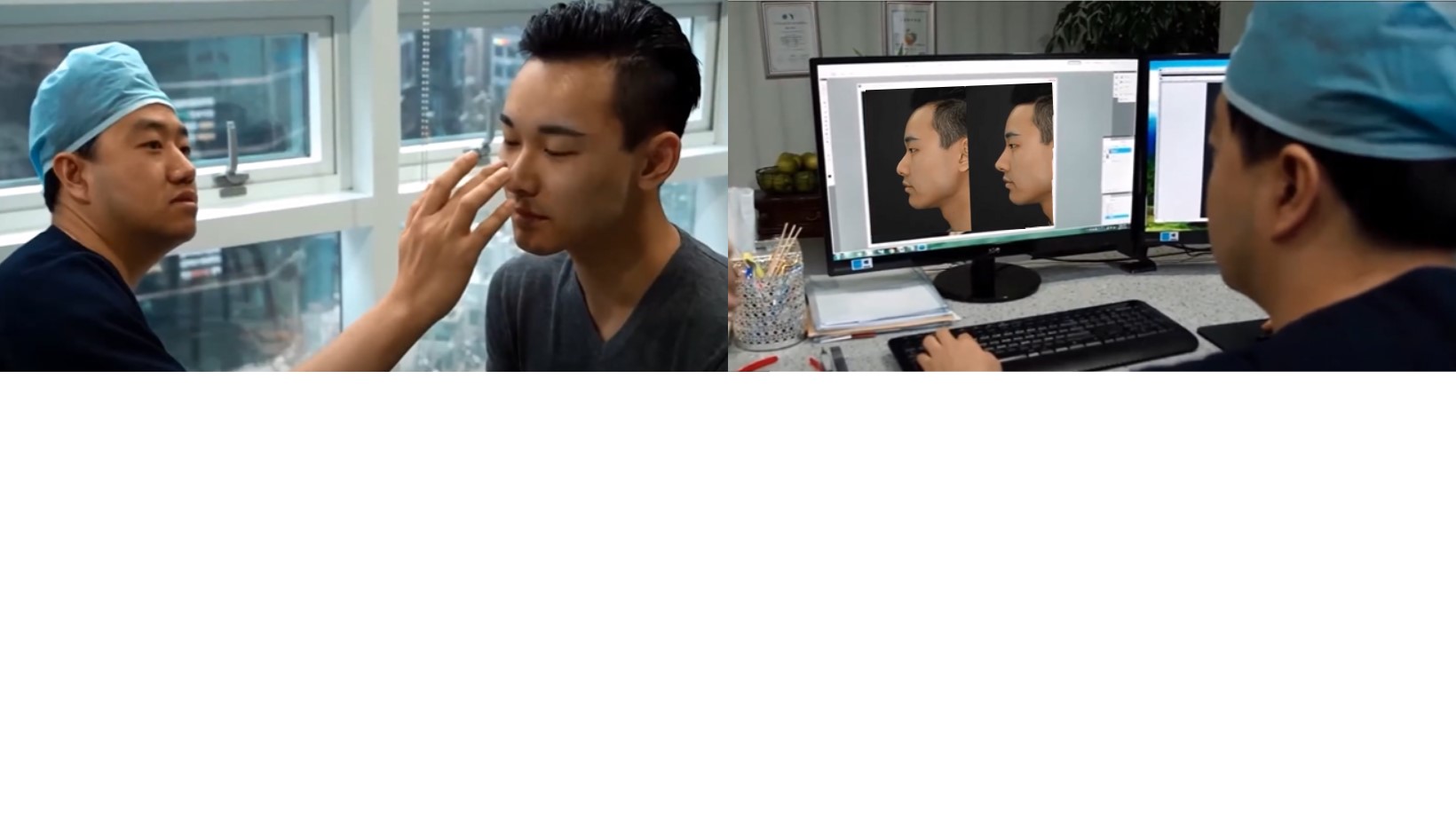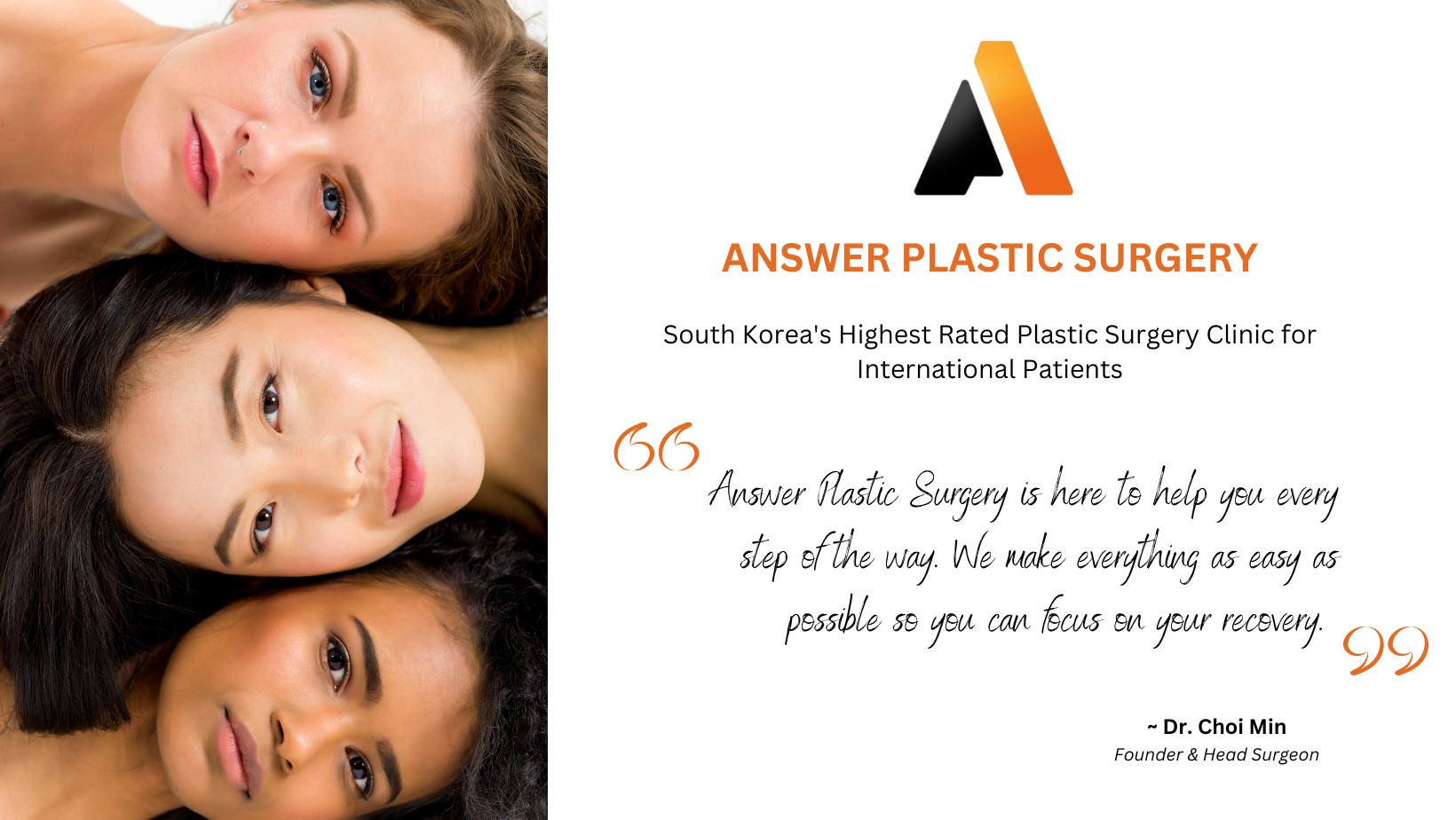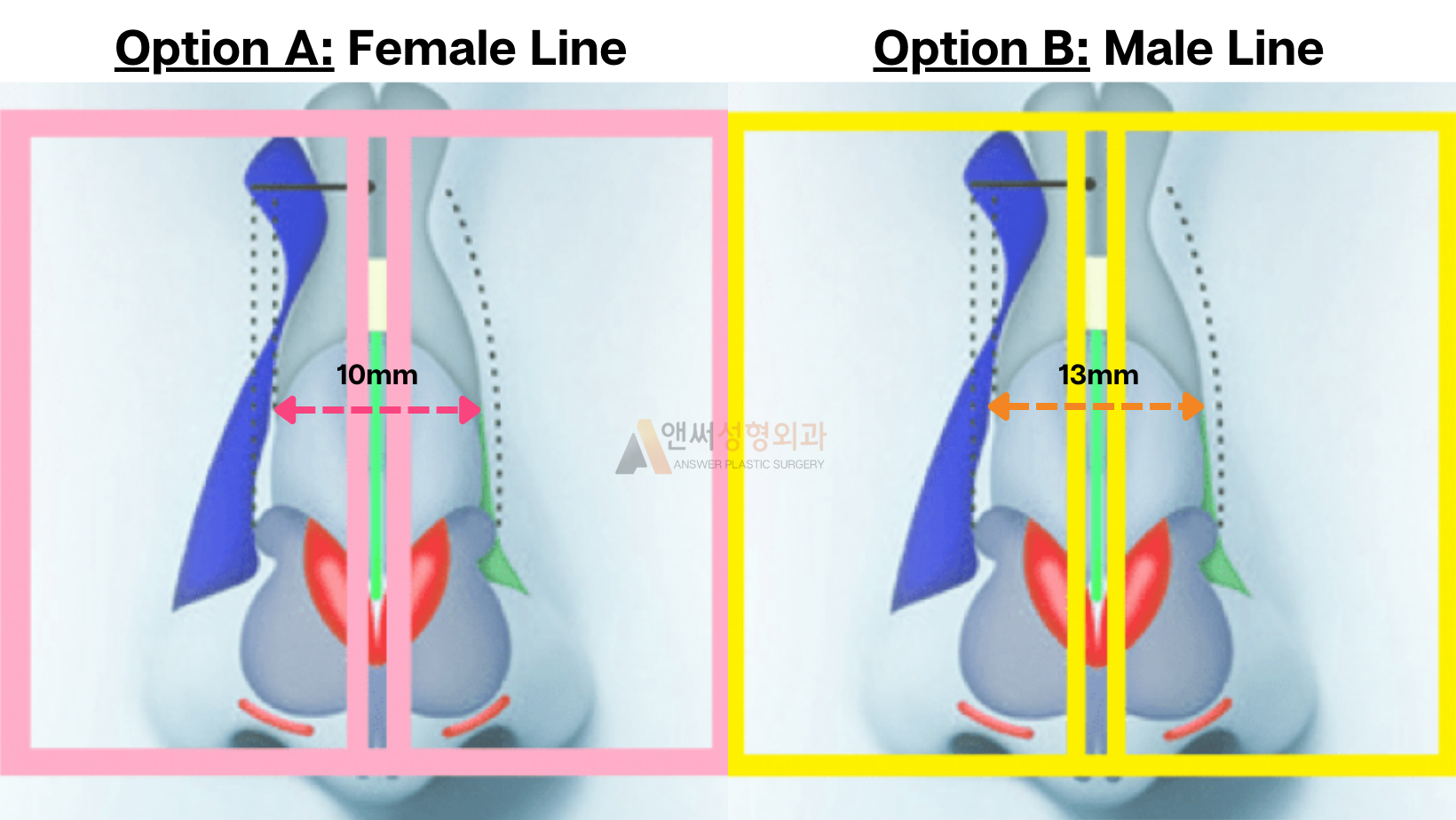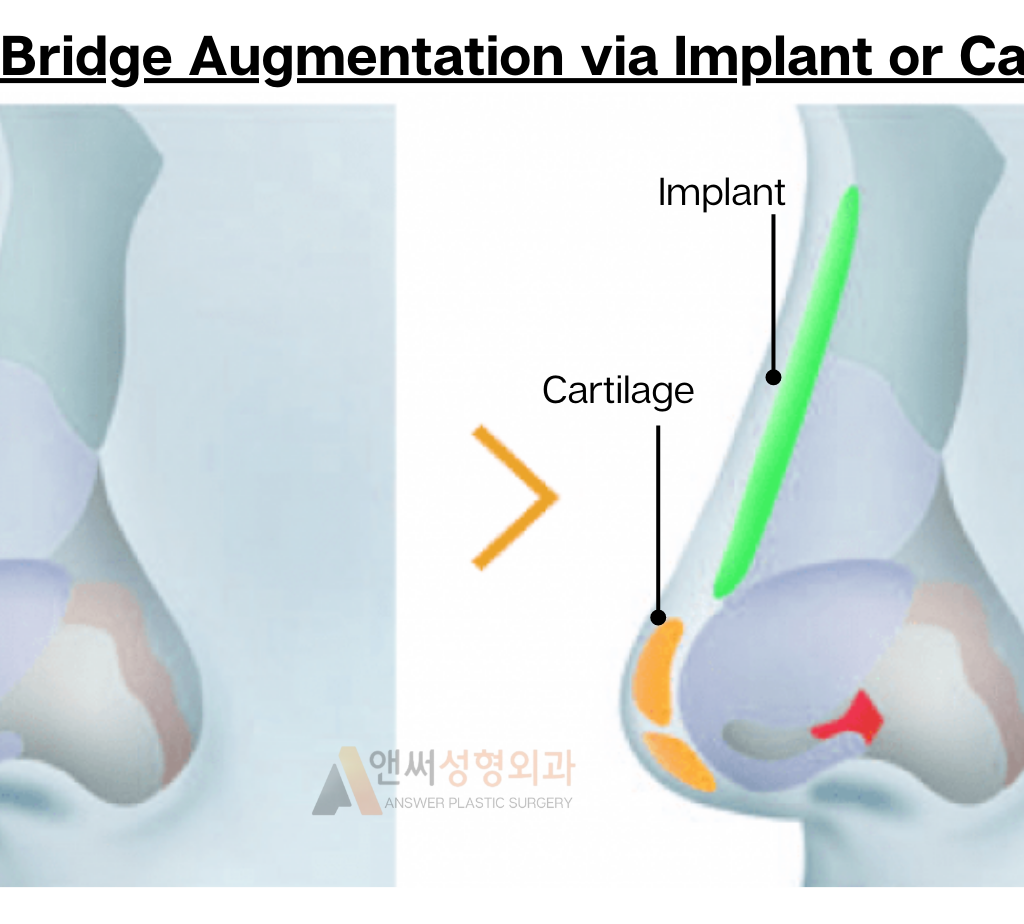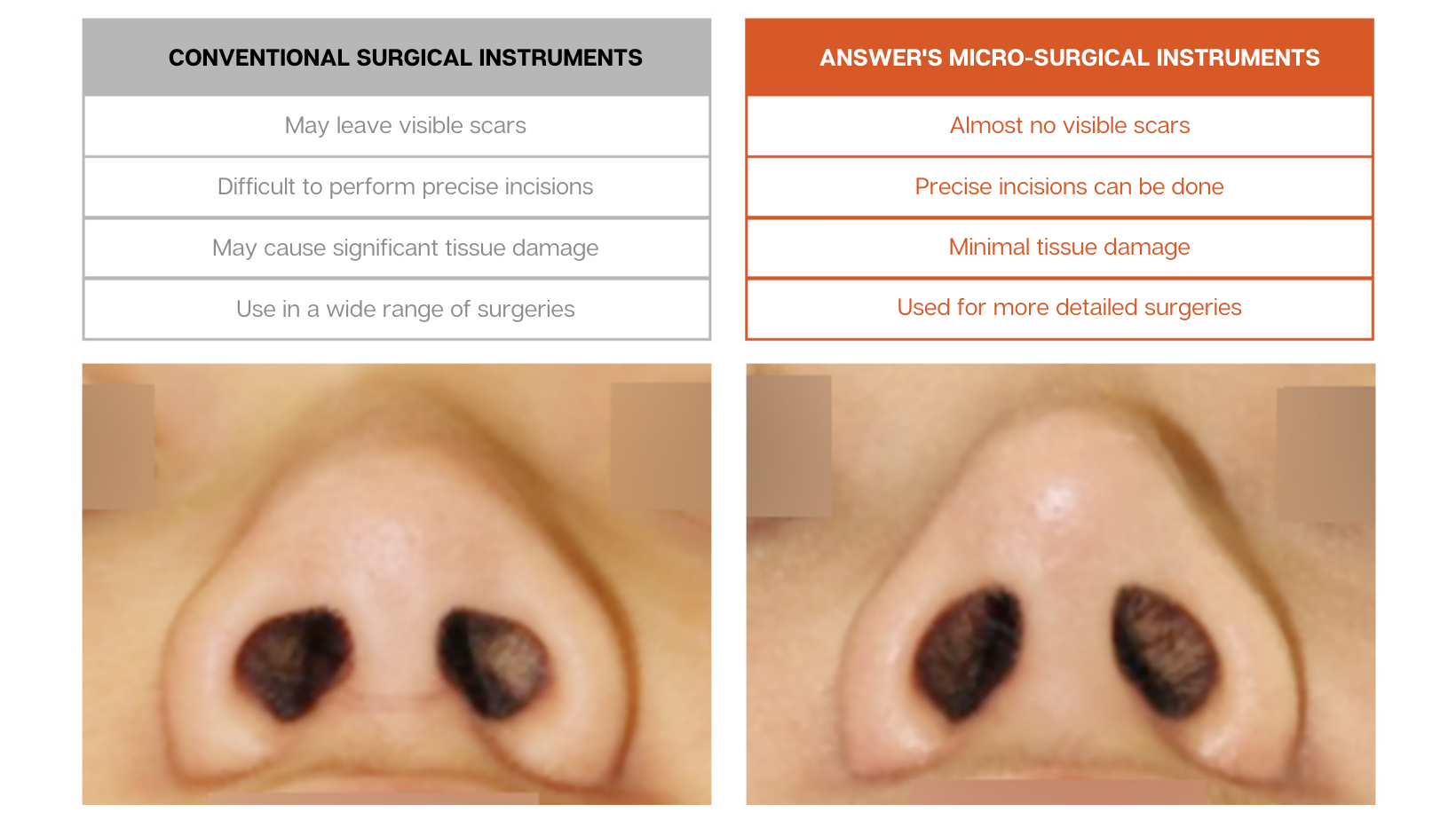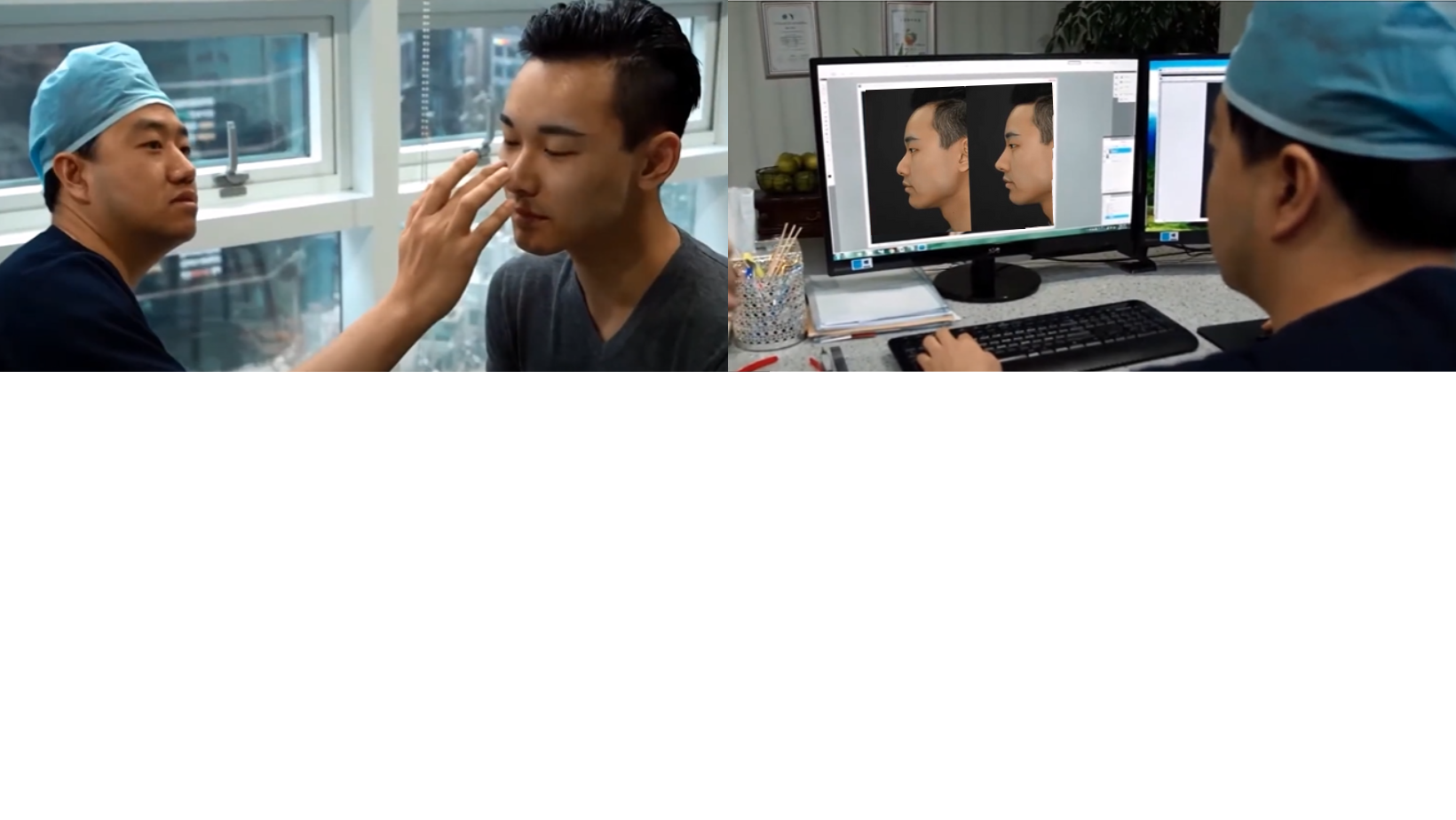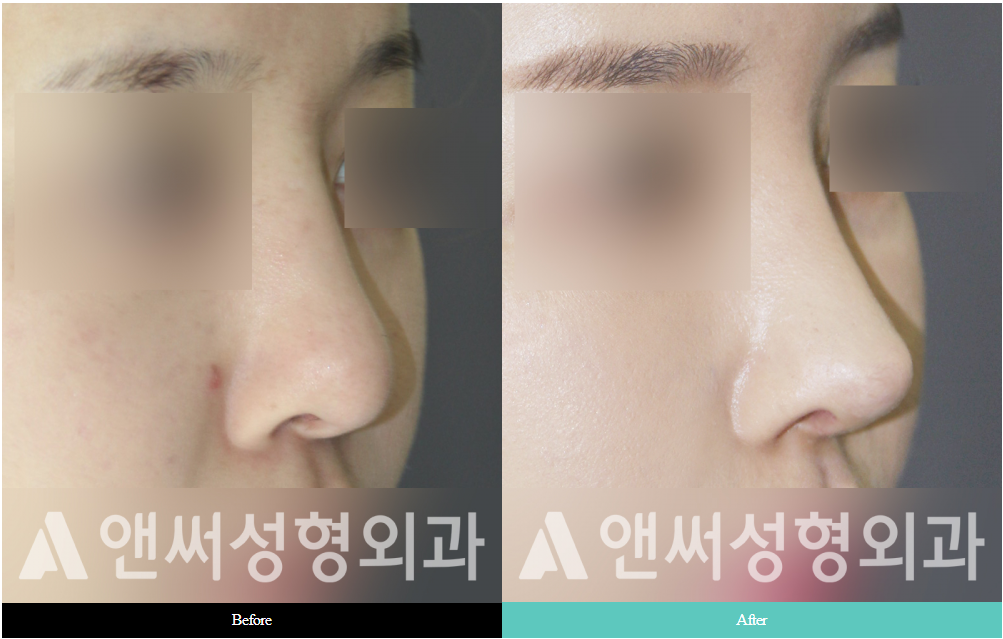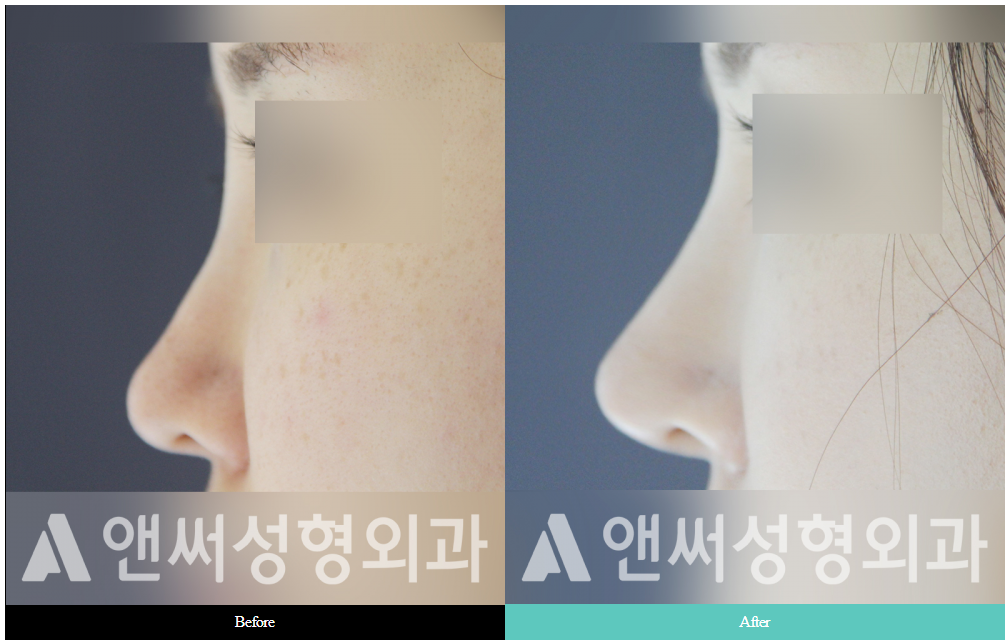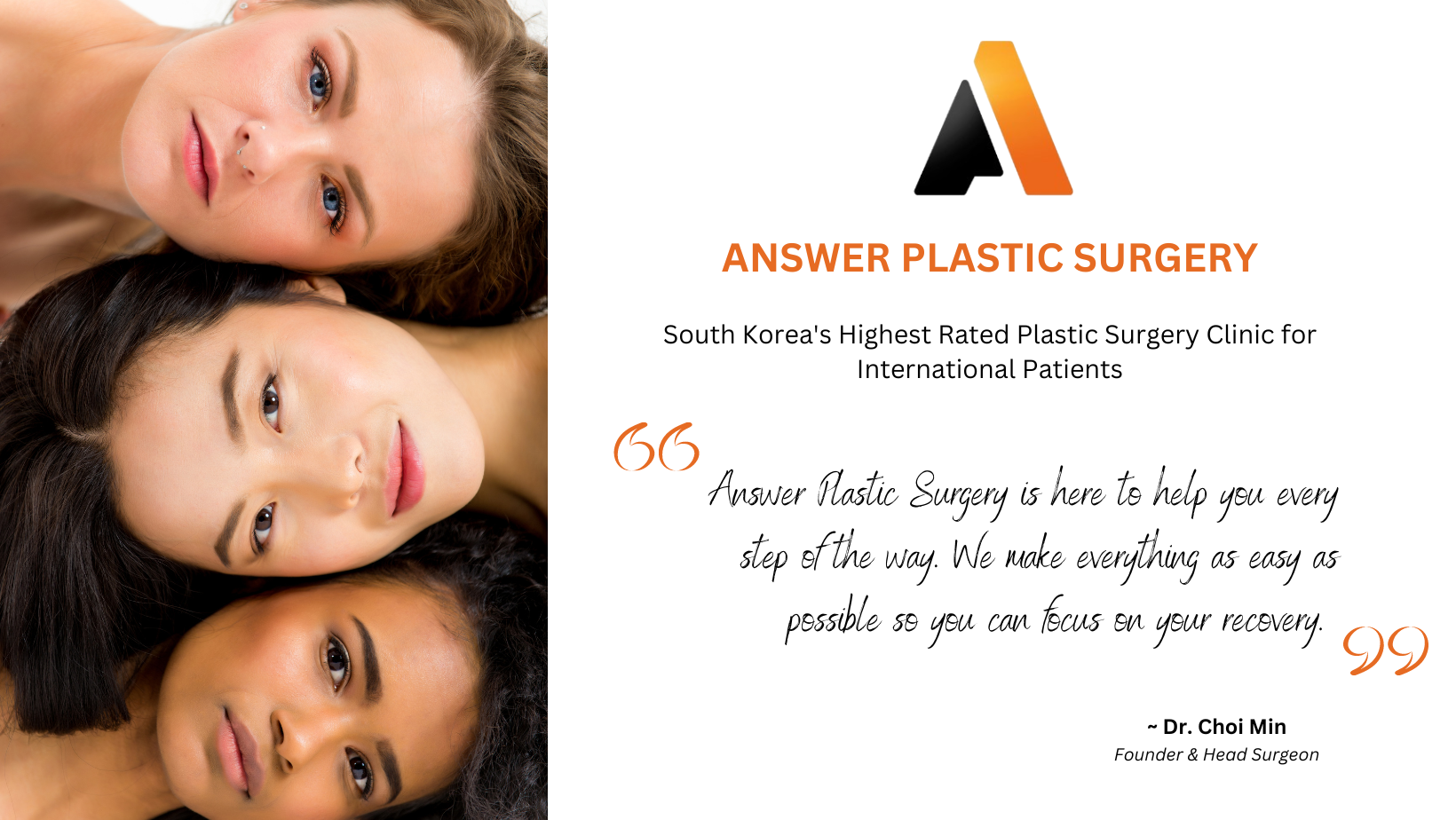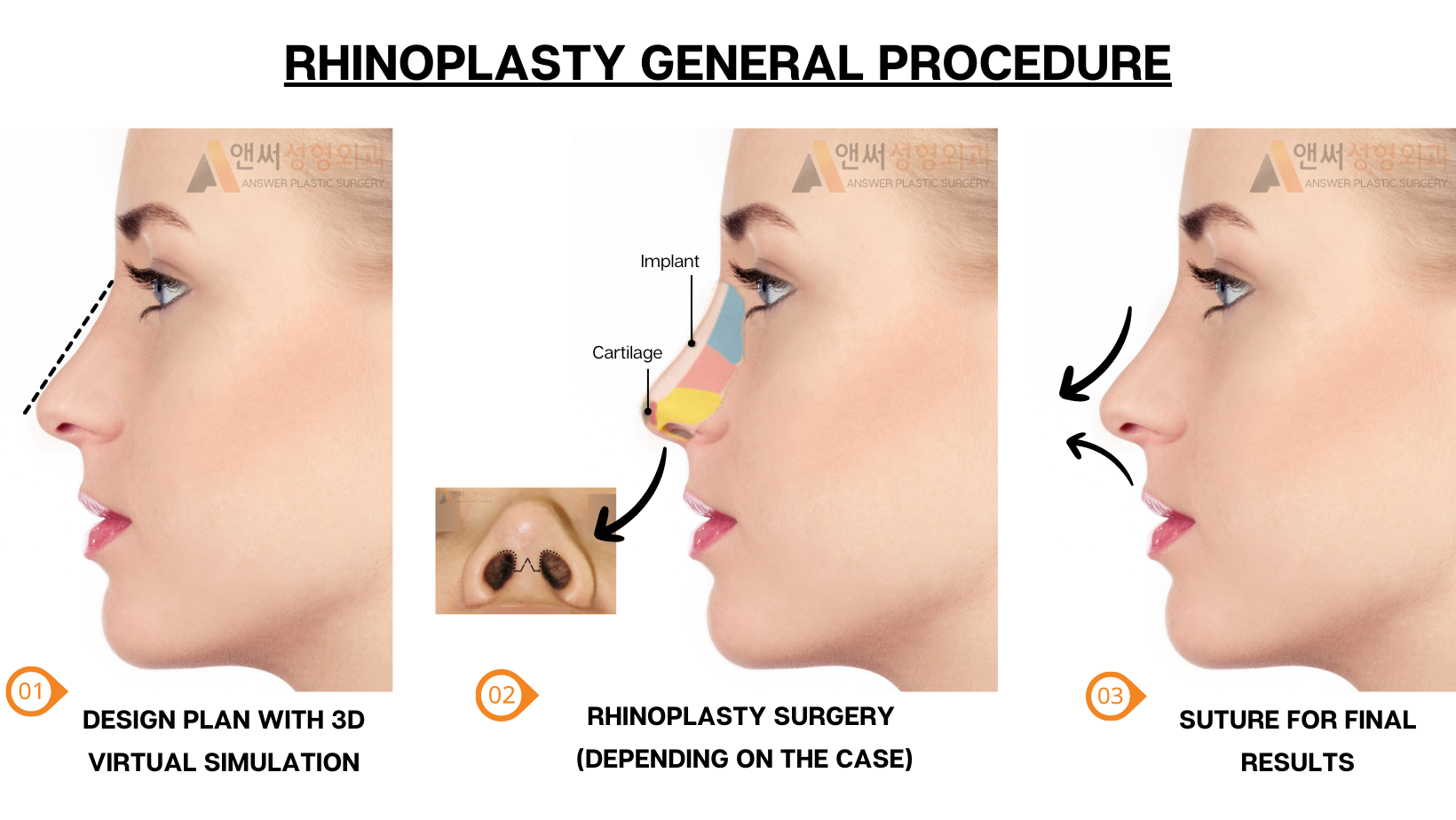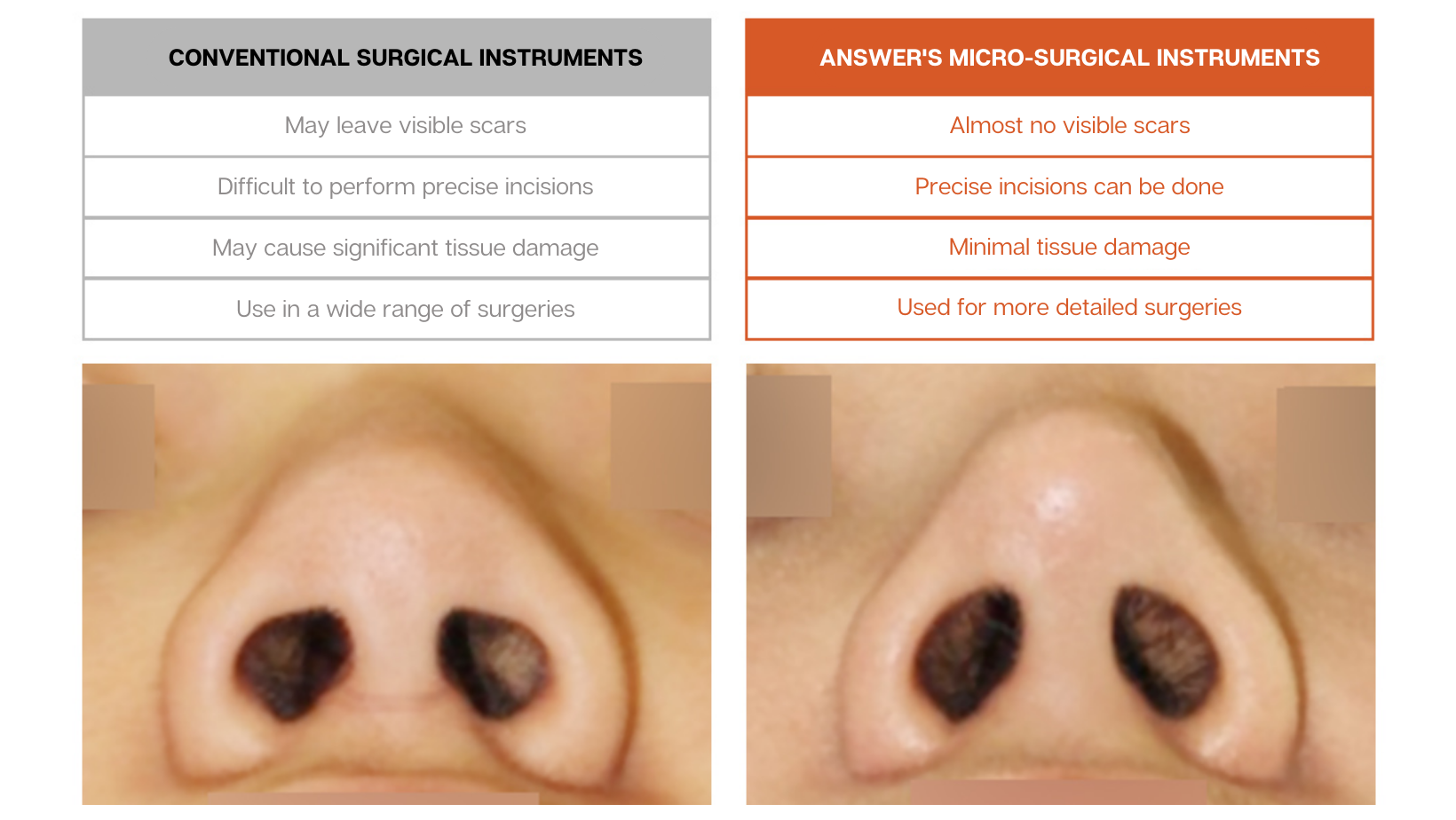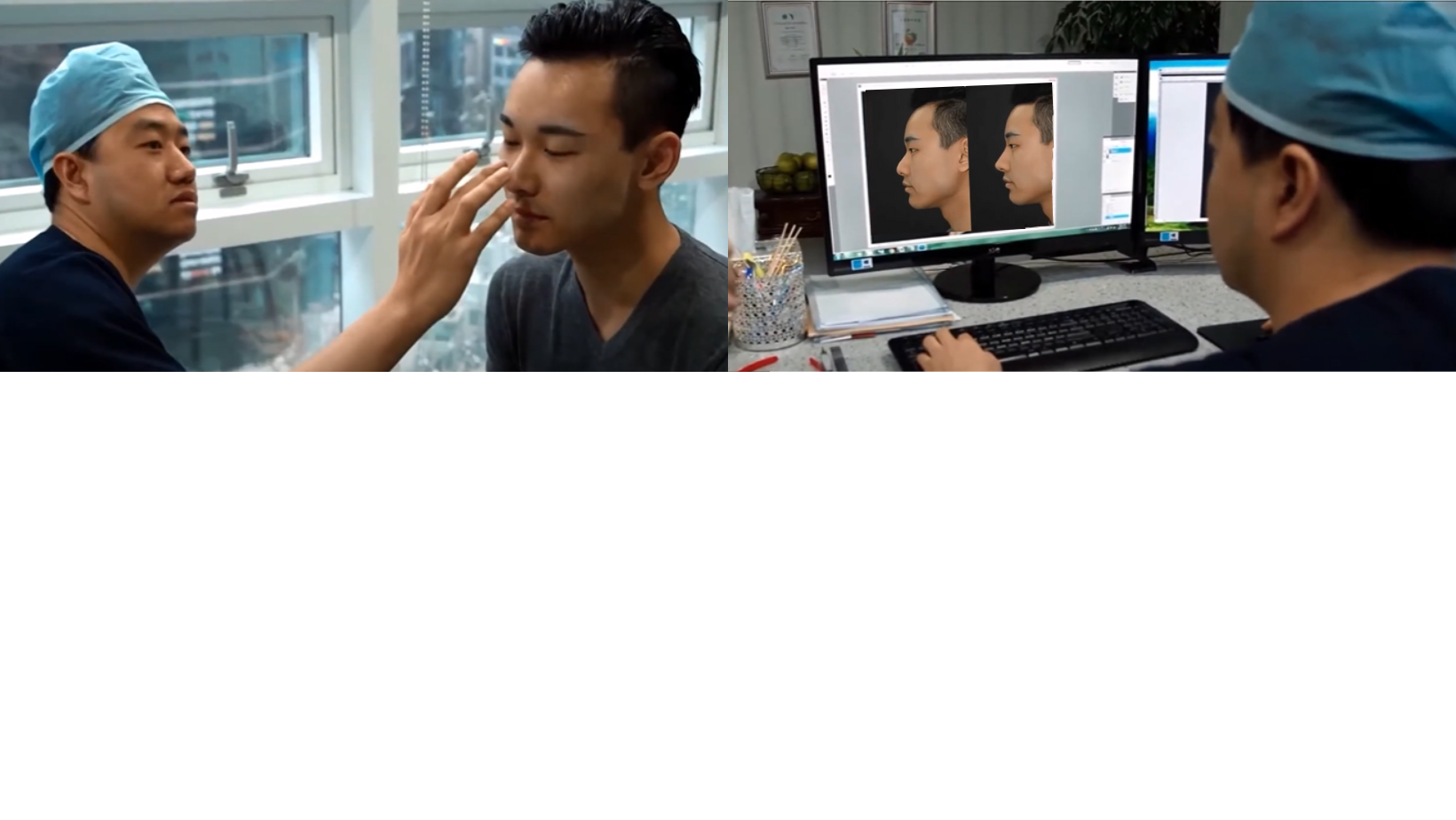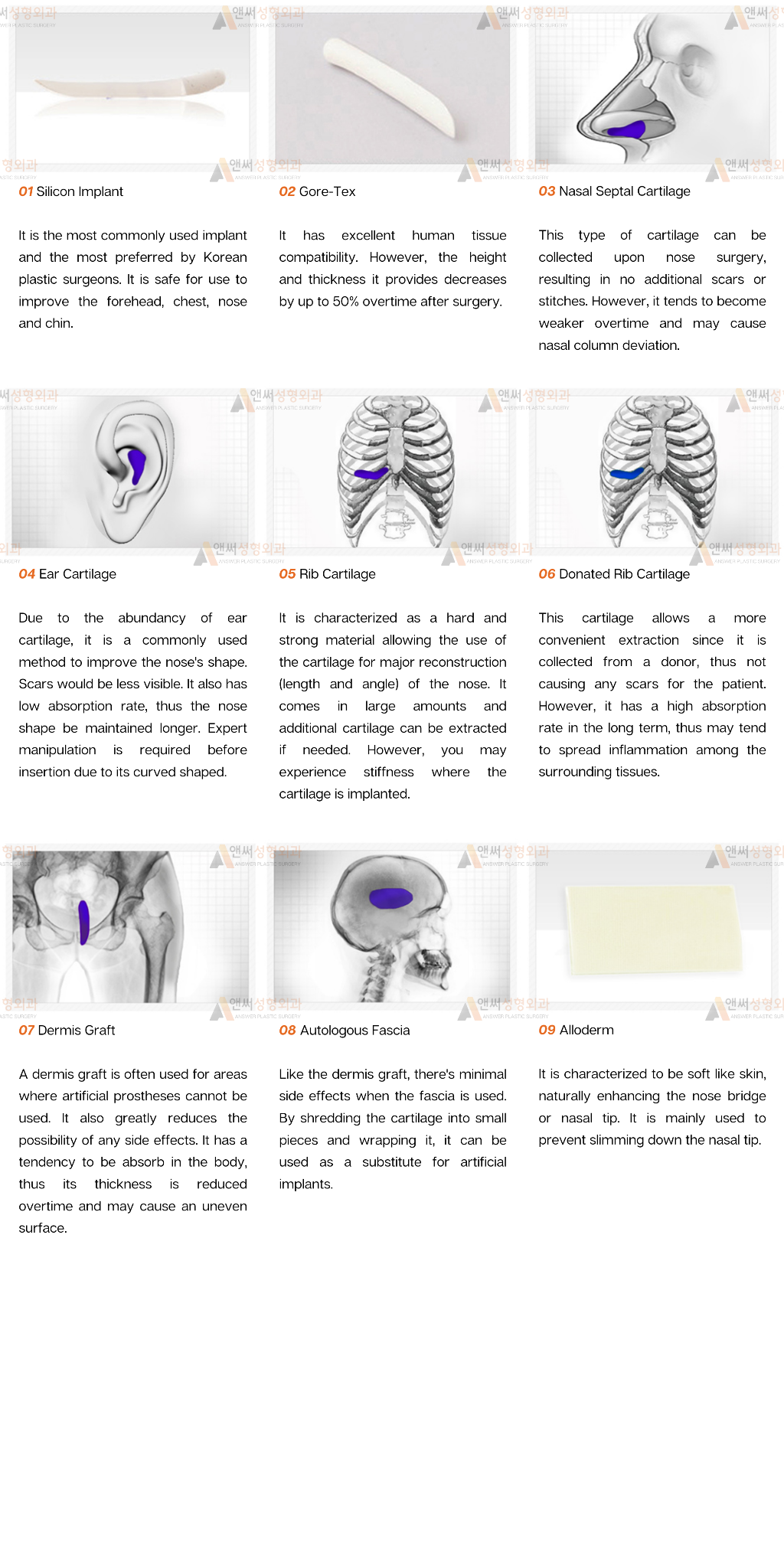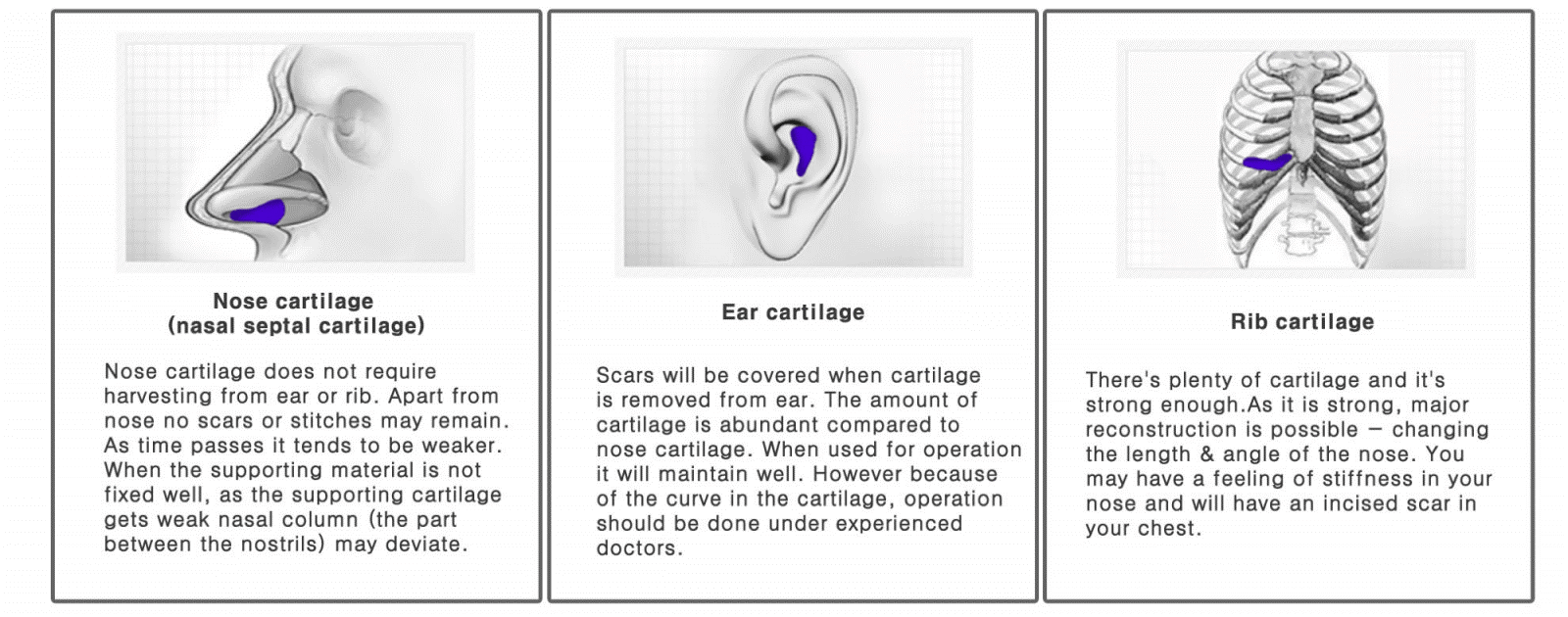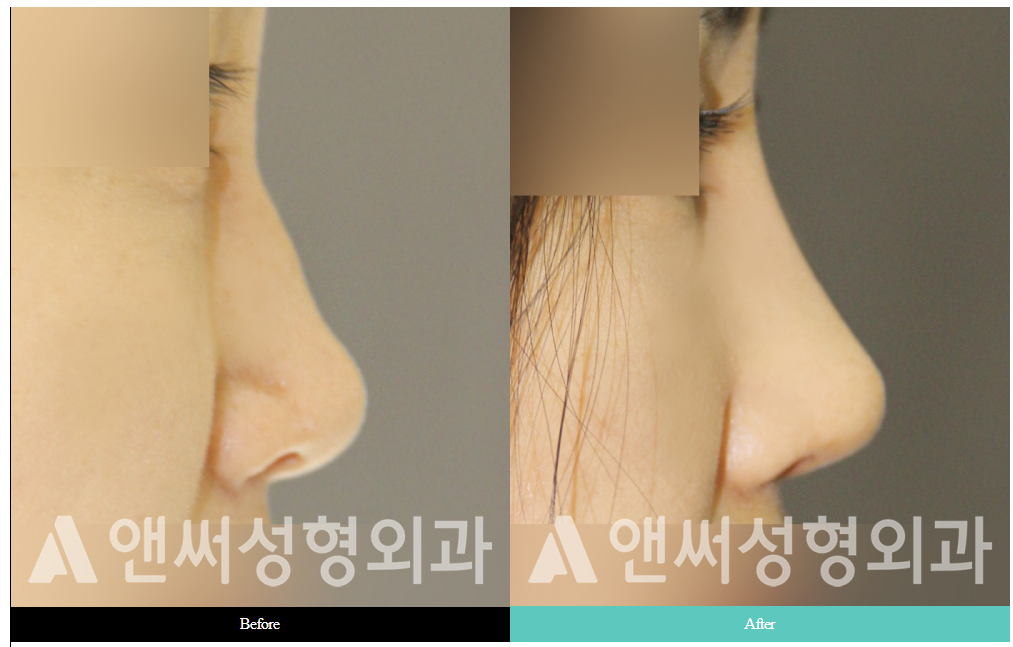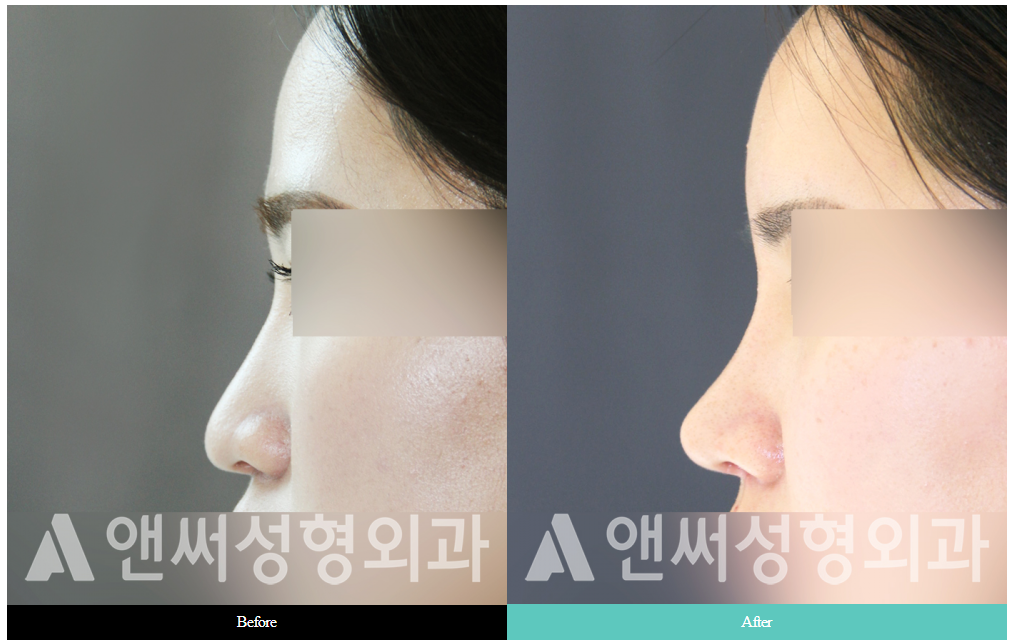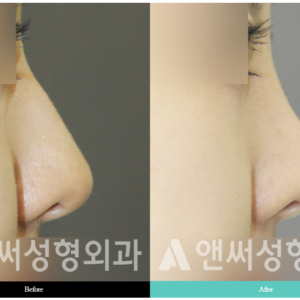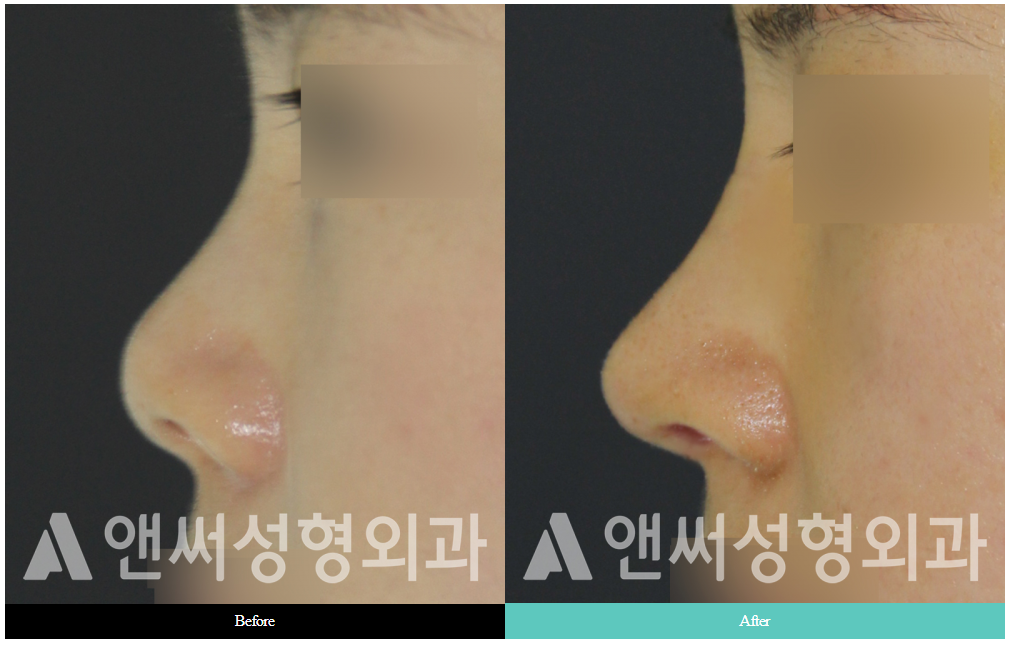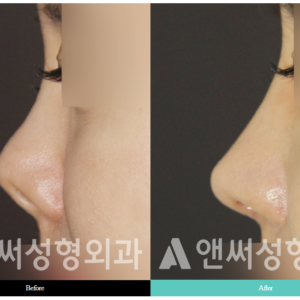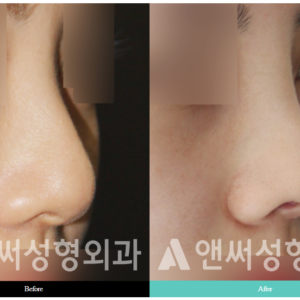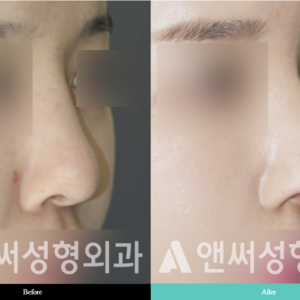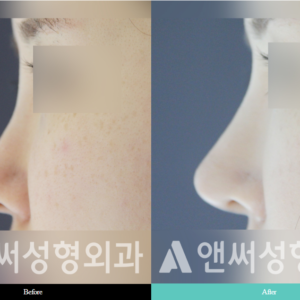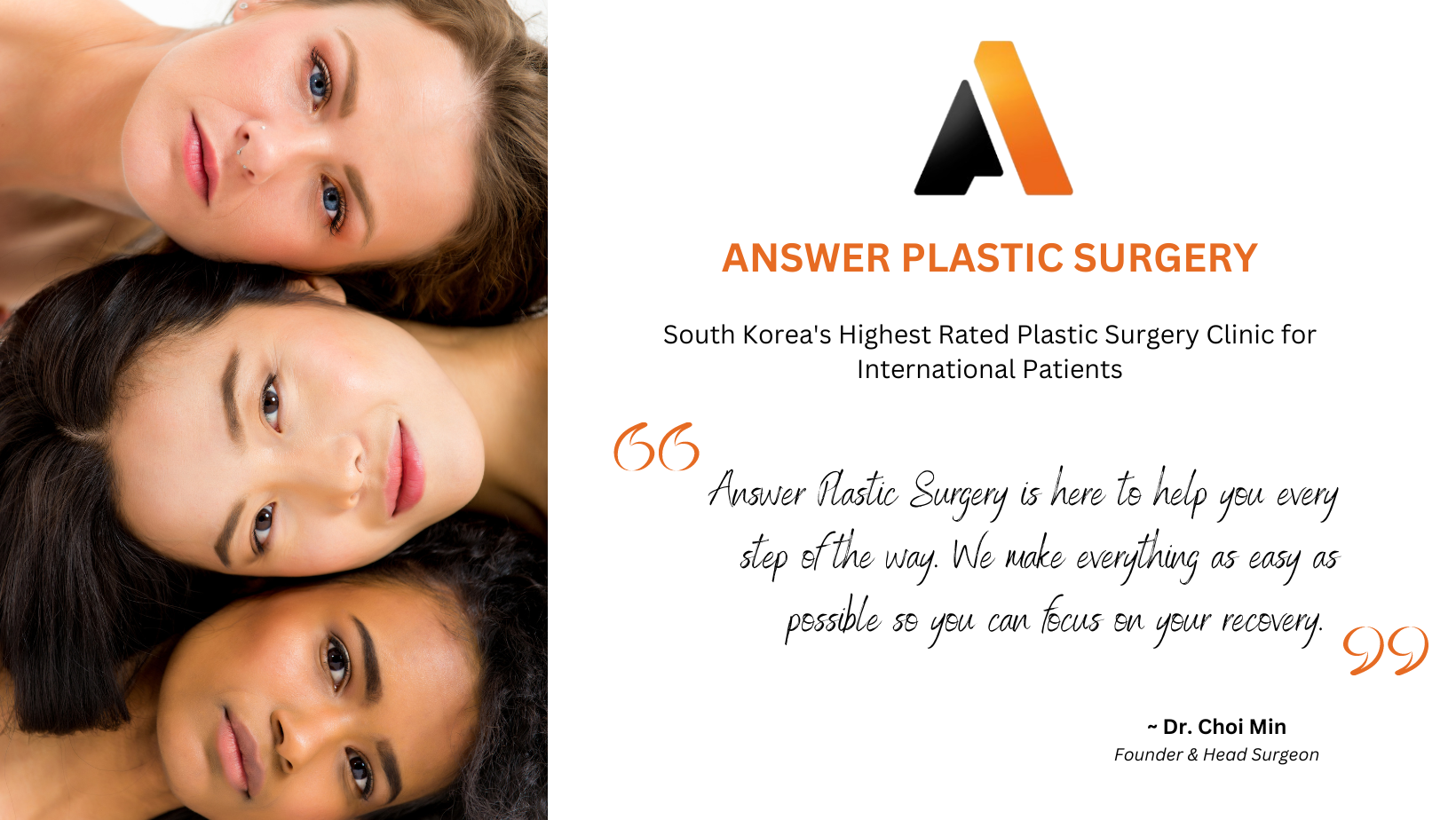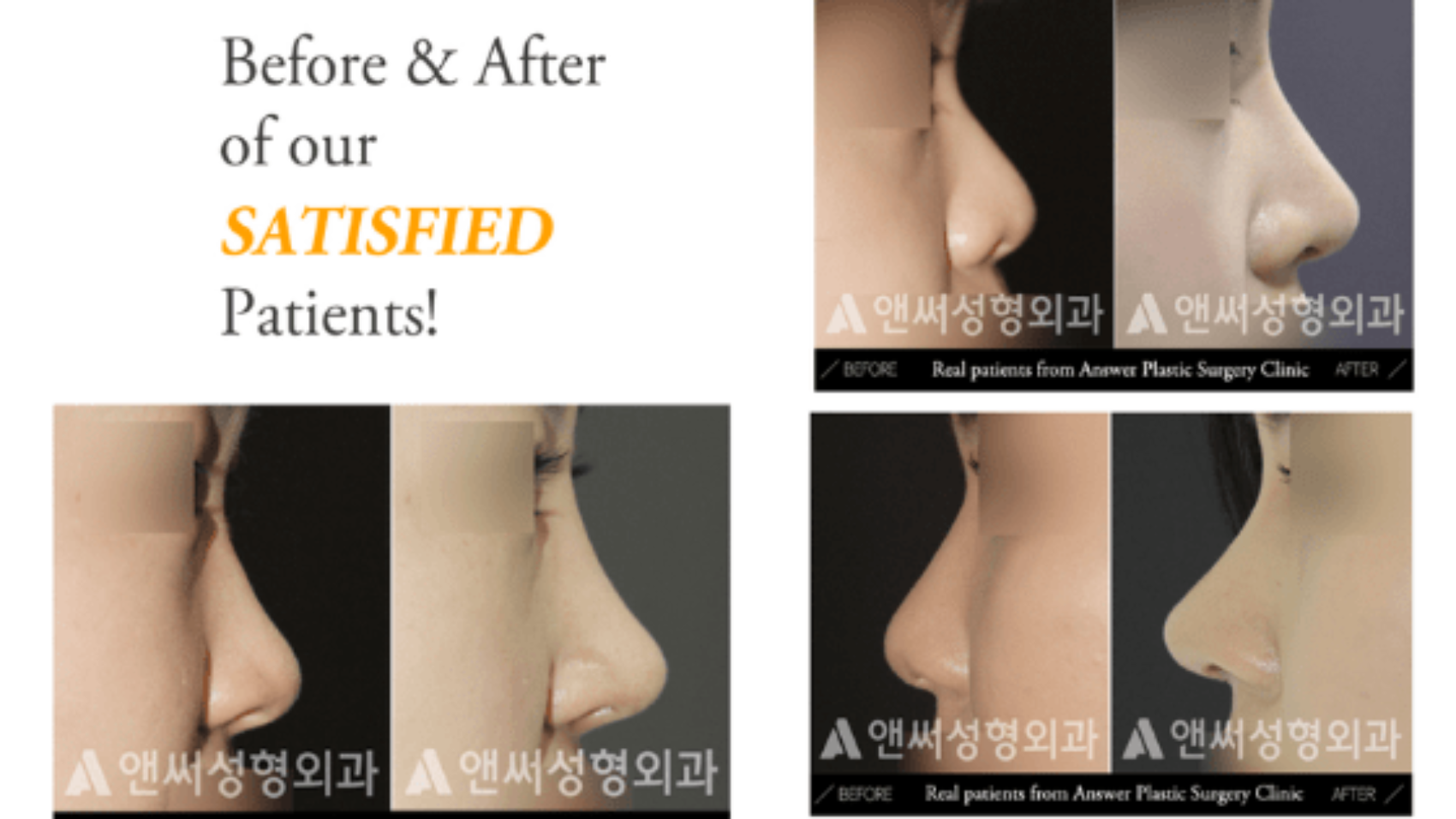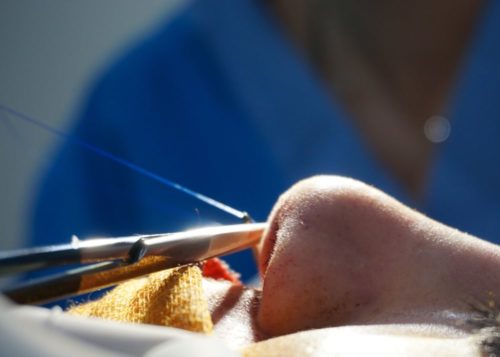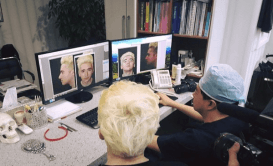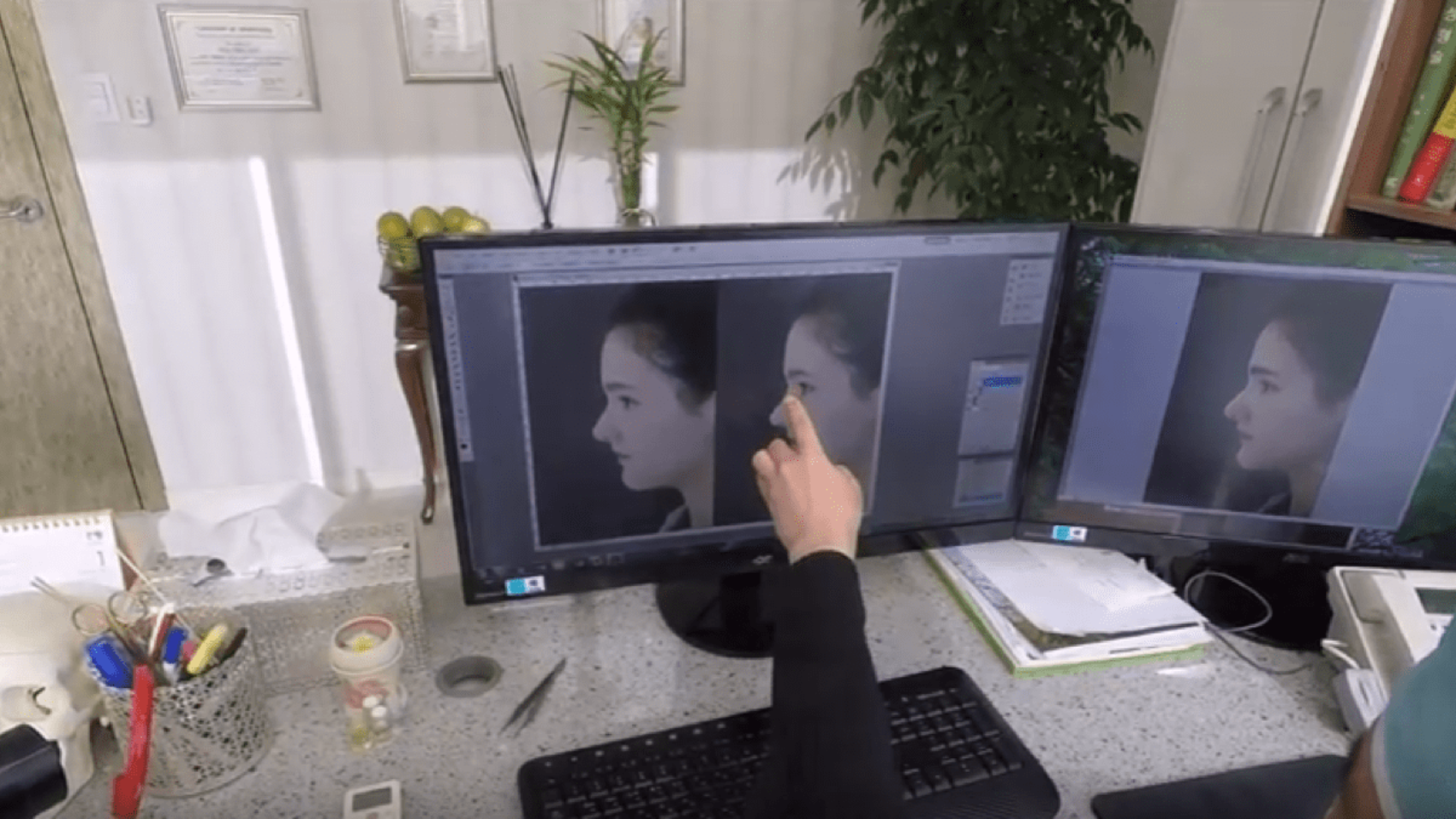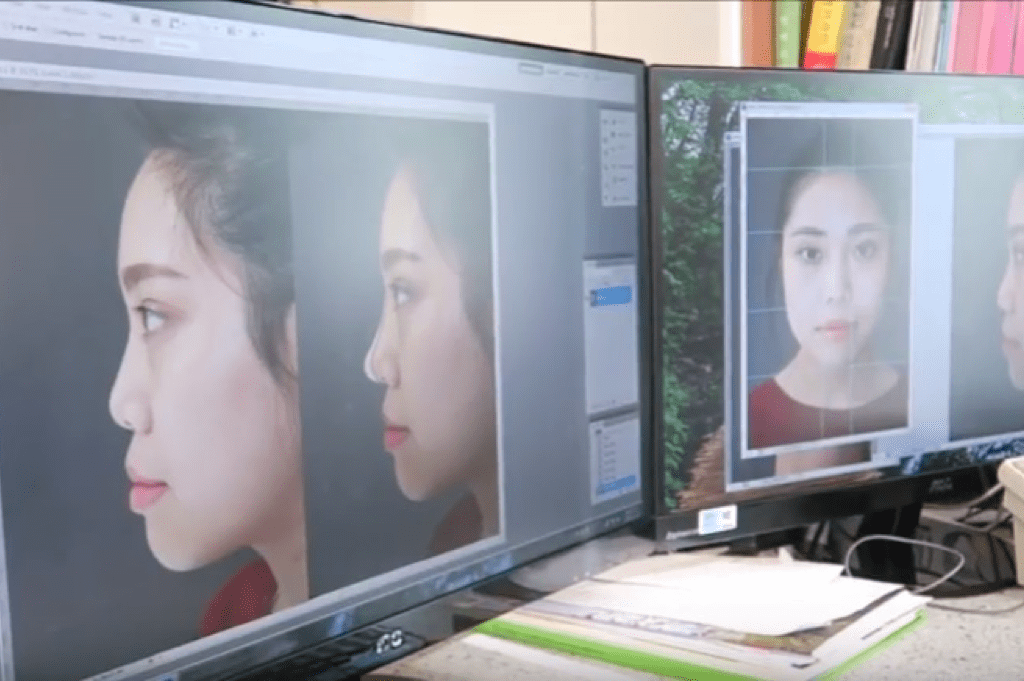Nose bridge augmentation, usually performed with silicone implants or cartilage, is one of the most popular rhinoplasty procedures. Most individuals desire a higher nose bridge for a more defined and sophisticated look. Hence, the demand for enhancing the nose’s height increases annually. The question arises as to what the best method to augment the nose bridge would be: silicone implants or cartilage?
Modern beauty standards demand various developments and durable materials in today’s era of innovative skincare and plastic surgery procedures. However, silicone is the most commonly used implant because of its high effectiveness at a very low cost. On the other hand, cartilage grafts have been the conventional way of correcting the nose shape; hence, most surgeons still use them. This begs the question: What material is the best option for nose bridge augmentation? Debates have surrounded this for years, yet there are no concrete answers, as each research study has made a valid point. However, several studies, clinical trials, and surgical procedures have substantiated that silicone implants usually perform better than cartilage when augmenting the nose bridge. This may be due to their durability and the fact that they are readily available at an affordable price. Another reason is that autologous cartilage may pose certain limitations and adverse reactions that lead to nose revision surgeries. This, of course, still depends on a comprehensive assessment by a qualified and board-certified plastic surgeon.
Both conventional cartilage grafts and modern silicone implants show varying strengths and weaknesses, indications for use, and precautions before use. An expert will base his deductions on a detailed assessment of the patient’s nasal structure, nose angles, and facial proportions. The need for a highly effective but safe material must be considered because augmentation rhinoplasty in Korea is as extensive as other major facial contouring procedures. This article will clarify the common preference for silicone implants over cartilage grafting in nose bridge augmentation.
What is Augmentation Rhinoplasty?

Augmentation Rhinoplasty is a surgical procedure that uses autologous tissues or synthetic implants for patients with low nasal dorsum height—usually caused by congenital disabilities, trauma, infection, excessive reduction rhinoplasty, or resection. It is a rhinoplasty procedure that adds definition, corrects, and augments the nose bridge, sometimes for both cosmetic and functional purposes. It usually focuses on providing structural support for the upper or lower cartilages but can also enhance the nasal tip.
Augmentation Rhinoplasty in Korea utilizes multiple types of implants and prostheses, depending on the nasal anatomy of each individual. During nose bridge augmentation, pre-formed silicone implants typically replace autologous cartilage. However, there is an emerging trend to combine alloplastic (synthetic) implants with autologous cartilage to strengthen the dorsum and nasal tip support after the procedure.
Implant augmentation rhinoplasty may involve a variety of surgical approaches to achieve symmetry and ideal nasal dorsal height with fewer complications. Implants are synthetic medical-grade materials available in varying degrees of rigidity and moldability, allowing easy contouring into the nose bridge. In contrast, autograft-augmentation rhinoplasty is a conventional method that uses autologous (meaning “self”) cartilage to increase the nasal dorsum’s height for a more sophisticated look. Usually, the surgeon harvests the cartilage graft from the patient’s or donor’s own cartilage. Options for autologous cartilage include ear, nasal septum, and rib cartilage.
What is the difference between a Silicone Implant and a Cartilage Graft?

The silicone nasal implant is the most commonly used alloplastic material for nose bridge augmentation. Decades of use have proven its safety and efficacy. Two types of silicone implants exist: the sculpted block type and the liquid type, designed to fit into a pre-formed mold. Most clinics in South Korea, including Answer Plastic Surgery, use manufactured silicone implants because they are easily moldable into the desired shape, saving so much time for surgery. Depending on the specific case, we classify them into L-shaped and boat-shaped. We use the boat- or I-shaped silicone implants for dorsal augmentation alone, while we use the L-shaped silicone implants for both nose bridge and tip enhancement.
On the other hand, autologous cartilage is collected from the patient’s body. Therefore, harvesting a significant amount of cartilage may involve one or two surgeries. Surgeons sometimes prefer it due to its lower incidence of infection and extrusion rate over time. Cartilage grafts are also believed to blend well when augmented into the nose. Autologous cartilage also retains the nose shape well with minimal warping. However, one disadvantage that cartilage presents is that an adequate amount of material may not always be available, especially for nose revision surgeries. Another disadvantage is that harvesting rib cartilage, although abundant, can be painful and leave a slight scar. Similar to implants, cartilage comes in different forms: ear, septal, and rib. Each type offers its own advantages and disadvantages for enhancing the nose’s shape. To learn more about the different autologous cartilages, read more here.
Why is it much better to use a silicone implant than a cartilage graft to enhance the nose bridge?
When used as the preferred option for augmentation rhinoplasty, alloplastic implants show favorable results. Despite their synthetic materials and rigid appearance, alloplastic implants exhibit remarkable moldability, enabling the surgeon to precisely shape the dorsum to the desired height and appropriately shape the nose. Silicone implants are very popular among synthetic implants, including Gore-Tex and materials made from porous polyethylene and polytetrafluoroethylene, because they are simple to use and affordable. They are also easily removable and replaceable in malposition or revision surgery cases. Because of their unlimited supply, they are readily available. Silicone implants resist warping and resorption, and there is no incidence of donor-site morbidity. Despite the risks and complications associated with all types of rhinoplasty augmentation materials, most Korean plastic surgeons prefer silicone implants for nose augmentation because they are safer to use, provided they take the necessary precautions during surgery. Below is a visual representation of how an implant will augment the nose bridge and how a cartilage can lift the nose tip.

Unlike silicone, cartilage grafts may not provide sufficient dorsum projection and will require prolonged operation time and possible scarring at the harvest site (e.g., rib cartilage). Warping and resorption frequently happen, and although infection is uncommon with the use of cartilage grafts, it is still possible. This is not to say cartilage grafts are not effective; they are still an option, depending on the case of the patient. Needless to say, cartilage grafts offer much better results when used to enhance the nasal tip than silicone implants. The drawbacks of a silicon implant, particularly the L-shaped type, when used to correct the nose tip include the high extrusion rate, which causes the implant to exert tension on the tip and hence make it slightly visible through the skin. Secondly, tip projection may be difficult to modify, resulting in an unnatural result. These issues lead to the preference for I-shaped or boat-shaped silicone implants, which undergo separate tip augmentation using the desired autologous cartilage.
Moreover, studies have shown that silicone implants are much more tolerated as they are non-porous in nature; therefore, they do not harbor bacteria internally and are easily sterilized with an antiseptic solution before use. Silicon implants are also available in a range of consistencies, such as soft, medium, and firm, allowing them to easily conform to the shape of the nose bridge.
Get Personalized Rhinoplasty Treatment in South Korea
An in-depth consultation with an experienced and board-certified plastic surgeon, such as Dr. Min Choi of Answer Plastic Surgery Clinic in Korea, will determine the choice between using an implant or cartilage. Despite the high demand for silicone implants over cartilage grafts as the primary material for augmentation rhinoplasty in Korea, the final choice lies within your preferences, your nasal structure, your surgeon’s assessment, and their recommendations.
When performed properly, silicone implants have proven to be safe and effective. However, cartilage grafts have been the conventional and primary choice for rhinoplasty procedures when implants are deemed unsuitable for the patient. Needless to say, silicone implants have shown promising results when used for dorsal augmentation compared to cartilage grafts. This is because autologous cartilage has the tendency to warp or resorb into itself, leading to nose revision procedures. However, cartilage grafts are much more preferred and show high-quality results when used for tip projection. Hence, the increasing trend of combining the procedure of using implants for the nose bridge with cartilage on the tip is much more beneficial in producing optimal outcomes.


Dr. Min Choi provides scheduled direct consultations, and after a comprehensive assessment of their nasal structure and overall proportions, he will prepare personalized treatment plans for each patient. To schedule the earliest appointment, avail of our free online consultation service or contact us through our social media channels. We guarantee you satisfying and natural-looking results. We hope this article helps you understand the difference between silicone implants and cartilage grafts and prepares you to make well-informed decisions during your augmentation rhinoplasty consultation with us.

